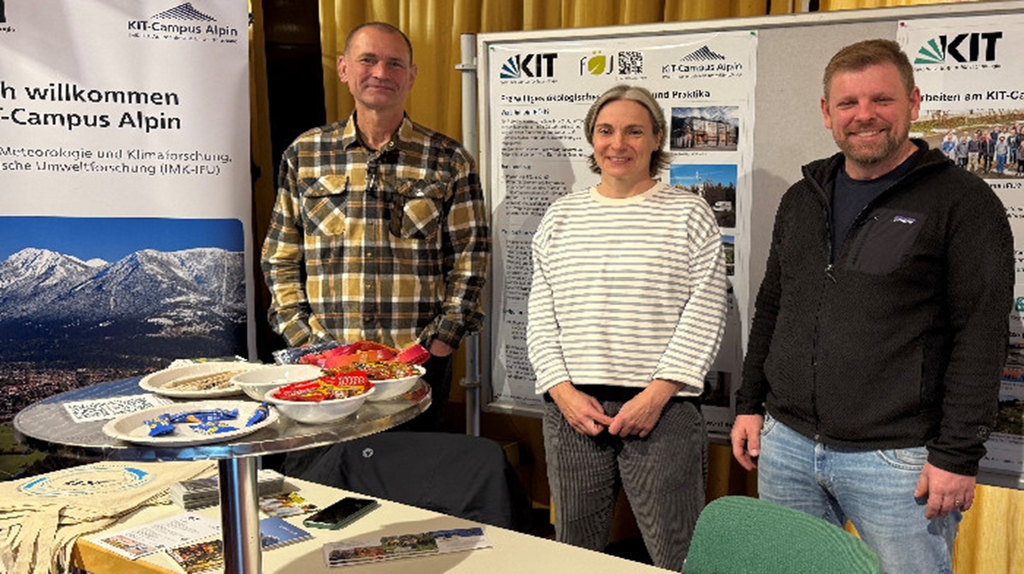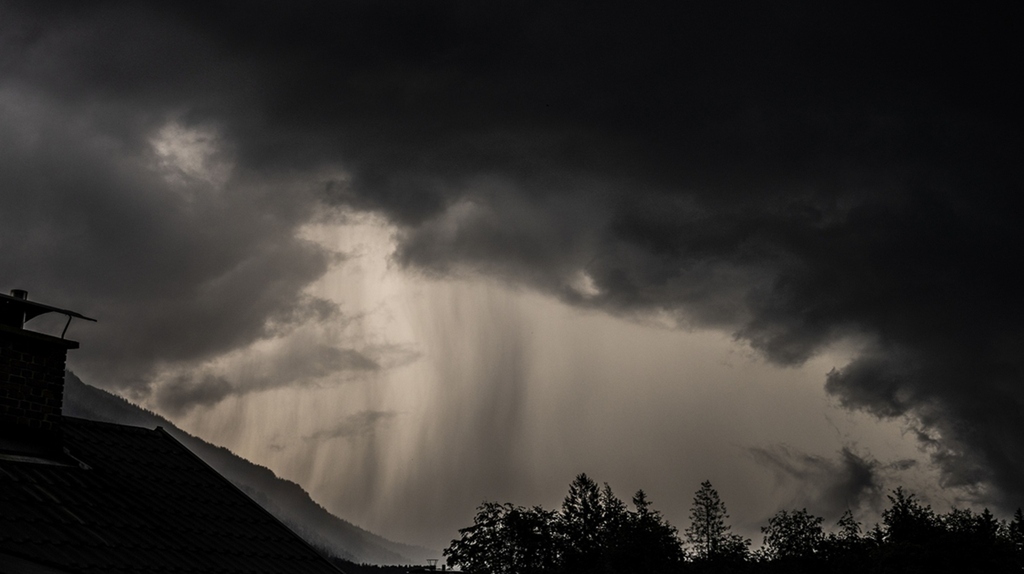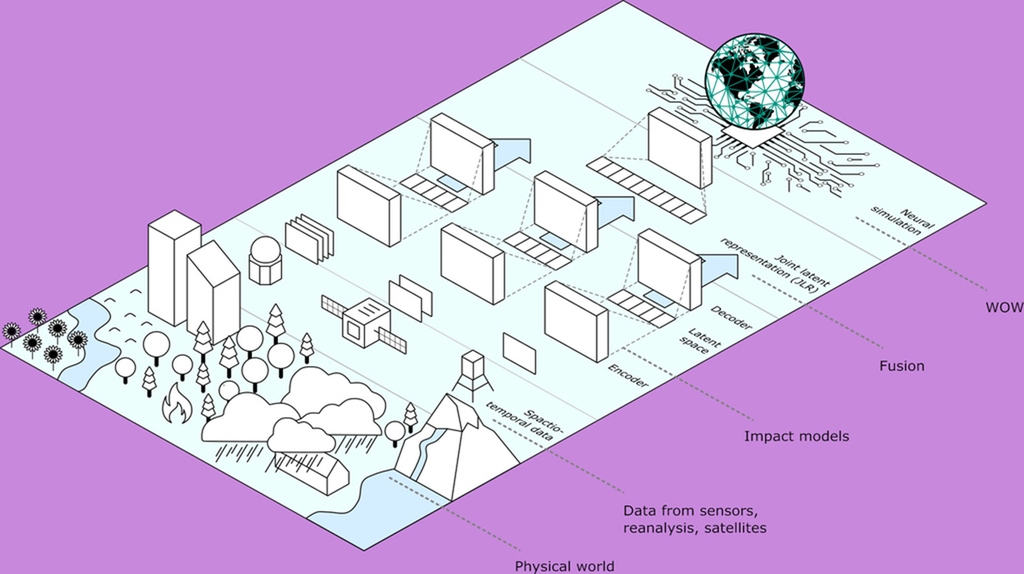KIT contributes to the research program "Changing Earth - Sustaining our Future" in the Helmholtz Research Field Earth and Environment.
The atmosphere is the Earth's thin protective layer that shields us from harmful radiation, moderates temperature differences, and redistributes thermal energy, water, and pollutants: Almost all life depends on it. This protective function is maintained by delicate balances and is vulnerable to global changes in climate and land use. The main drivers of climate change are the radiative effects of greenhouse gases and aerosols, which affect the composition and impact of the atmosphere on all aspects of societal activities.
We are developing seamless observational and modeling techniques to unravel the complex interactions of climate change between the atmosphere, land surface, and ocean. As focal areas, we are investigating changes in air quality - globally and in urban areas - the internal causes and effects of climate change through feedbacks, and what kinds of weather and extremes we will need to prepare for in the future. Advances in these areas are paramount for reliably assessing the state of the Earth system and for predicting and projecting global changes on our future living conditions.
[more]
Our research follows a holistic approach: we develop cross-scale observational and modeling solutions for improved atmospheric forecasts and regional climate projections with unprecedented resolution. We strive to observe, understand, and predict atmospheric phenomena and process chains from their origin to climate change impacts in the atmosphere, particularly in their interactions and feedbacks with the land surface, biosphere, cryosphere, oceans, and near-Earth space. Through our work, we can assess the physical, chemical, and socio-ecological consequences of atmospheric change and its impact on climate, extreme weather, and land ecosystem functioning.
In doing so, we increase knowledge to address societal challenges such as global warming, growing world population, land use change, air quality, water availability, and energy and mobility change. Our atmospheric and climate observation and modeling activities provide the scientific basis of sustainable development strategies for the benefit of society, ecosystems, and climate mitigation and adaptation combined with economic risk reduction.

Pseudo-global warming simulations reveal enhanced supercell intensity and hail growth in a future Central European climate
more
The frequency of wildfires increase due to global warming, but wildfires can also impact climate when aerosols are emitted high up into the atmosphere. An international team of authors including members of our Institute has shown that there are two pathways for these stratospheric intrusions; both were active during the exceptionally vigorous 2023 Canadian wildfires.
more
This year, IMKIFU was once again represented with a stand at the Zukunftsmesse, a training and job fair in Garmisch-Partenkirchen. Many interested pupils had the opportunity to find out about our internship and job offers directly on site.
more
ARD-Interview and United Nations Climate Change Side Event “Early Warning, Anticipatory Action and Risk Insurance for Proactive Disaster Risk Management” with Prof. Dr. Harald Kunstmann at COP30 from November 10 to 21, 2025, in Belém. Forwarding to SEORS and ARD Mediathek.
more
Prof. Dr. Almut Arneth is once again one of this year's "Highly Cited Researchers". A total of four scientists from the Karlsruhe Institute of Technology (KIT) received this award from the Web of Science Group as the most cited researchers.
more
In our new project „WOW - a World model of Our World“ we will have five years to study how AI can help us understand and predict connections in the Earth system based on observations. At IMKASF Peer Nowack (project lead) and Jan Cermak will be involved, together with other KIT scientists from meteorology and computer science.
more